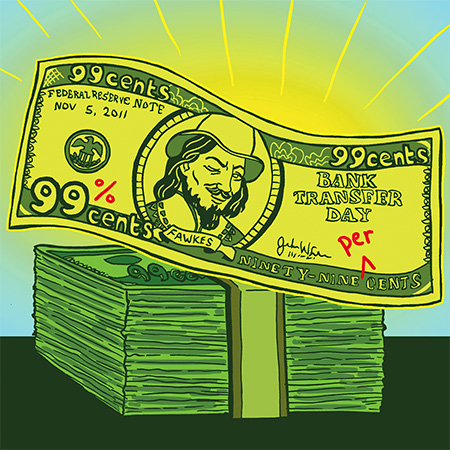Cash Out: Making Sense Of Last Year's Run On The Banks
Making Sense Of Last Year's Run On The Banks


Julia Minamata juliaminamata.com

Julia Minamata juliaminamata.com




